हमें कॉल करें
08045800958
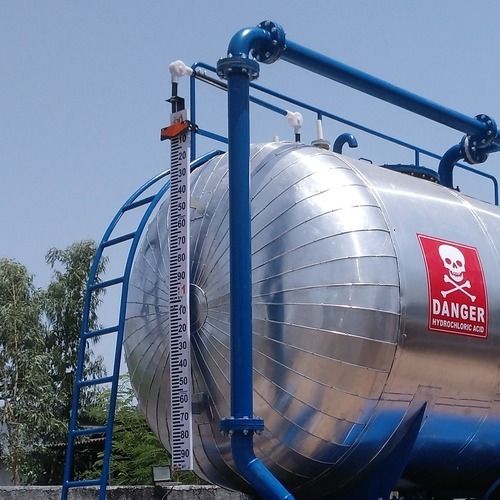
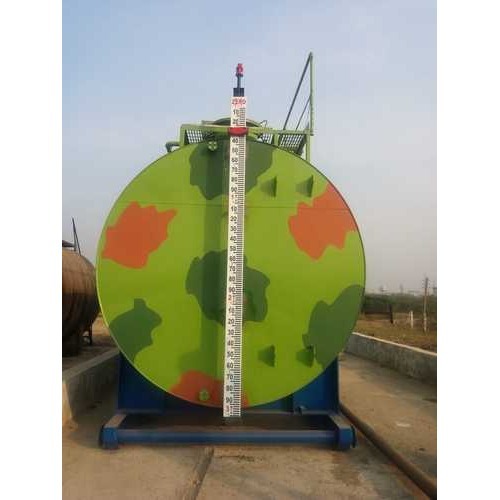
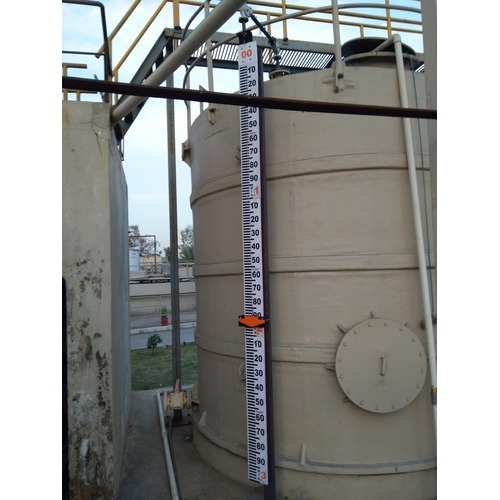
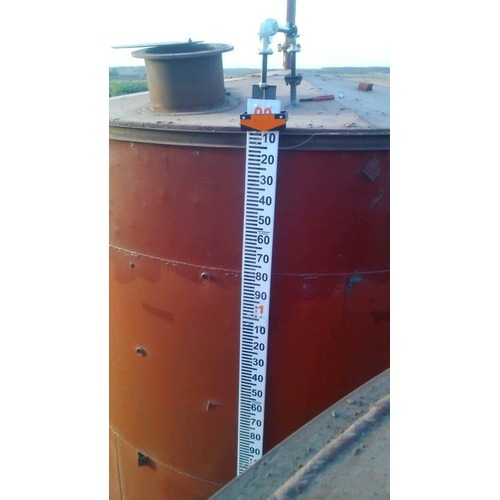
Float Level Indicator
उत्पाद विवरण:
- रंग White
- उपयोग Industrial
- साइज Standard
- मटेरियल Stainless Steel
- ग्रेड Industrial Grade
- Click to view more
X
फ्लोट लेवल इंडिकेटर मूल्य और मात्रा
- 1
- आईएनआर
- जोड़ी/जोड़े
- जोड़ी/जोड़े
फ्लोट लेवल इंडिकेटर उत्पाद की विशेषताएं
- White
- Industrial Grade
- Stainless Steel
- Industrial
- Standard
फ्लोट लेवल इंडिकेटर व्यापार सूचना
- 10 प्रति सप्ताह
- 1 हफ़्ता
- ऑल इंडिया
उत्पाद विवरण
A float level indicator is a device used to measure the level of liquid in a tank or vessel. It typically consists of a float, which is buoyant and moves up and down with the liquid level, and a mechanism to translate the position of the float into a readable indication.
Product details
| Height | Upto 40 meter |
| Process Connection Of M O C | Ss316 |
| Pressure Rating | Atm |
| Accessories | All accessories |
| Glass | Na |
| Bolts Nuts | Gi plated |
| Size | 1 |
| Measuring Range | Up to 30 mtr |
| Model | Top mounted |
| Brand | Kabir |
Heres a basic overview of how a float level indicator works:
1. Float: The float is usually made of a buoyant material such as foam or hollow metal. It is designed to float on the surface of the liquid in the tank.
2. Guiding Mechanism: The float is connected to a guiding mechanism, which ensures that the float moves in a vertical direction as the liquid level changes.
3. Scale or Indicator: The movement of the float is translated into a readable indication on a scale or display. This could be a simple mechanical scale or a digital display, depending on the design of the float level indicator.
4. Installation: The float level indicator is installed in the tank or vessel in such a way that the float moves freely with the liquid level changes.
5. Reading the Level: Users can read the liquid level by observing the position of the float on the scale or display. This provides a visual indication of how much liquid is present in the tank.
Working Principle of Float Level Indicator:
1. Buoyant Float: The float is designed to be buoyant, meaning it can float on the surface of the liquid in the tank. The float is typically made of materials such as foam, hollow metal, or other buoyant materials.
2. Connection to Guiding Mechanism: The float is connected to a guiding mechanism, which ensures that the float moves up and down in a vertical direction as the liquid level in the tank changes. The guiding mechanism guides the movement of the float to prevent tilting or erratic behavior.
3. Rising and Falling with Liquid Level: As the liquid level in the tank rises or falls, the float responds accordingly. When the liquid level increases, the float rises, and when the liquid level decreases, the float falls.
4. Scale or Indicator: The movement of the float is transmitted to a scale or indicator, providing a visual representation of the liquid level. The scale may be calibrated in units such as inches, centimeters, or percentage of tank capacity, depending on the application.
5. Reading the Level: Users can easily read the liquid level by observing the position of the float on the scale or display. The marked scale indicates the current level of the liquid in the tank.
6. Installation: The float level indicator is installed in the tank or vessel in a way that allows the float to move freely with the liquid level changes. Proper installation is crucial to ensure accurate and reliable level readings.
Applications of Float Level Indicator:
1. Chemical Processing: In chemical plants, float level indicators are used to monitor and control the levels of various liquids and chemicals stored in tanks. This is crucial for maintaining proper chemical reactions and ensuring the safety of the process.
2. Water Treatment: Float level indicators are employed in water treatment facilities to measure the levels of water in different stages of the treatment process. This includes monitoring the levels of raw water, treated water, and various chemical solutions used in the treatment.
3. Oil and Gas Industry: Tanks storing crude oil, refined products, and various chemicals in the oil and gas industry often use float level indicators. These indicators help in managing inventory levels, preventing overflows, and ensuring proper functioning of equipment.
4. Storage Tanks: Float level indicators are commonly used in storage tanks for liquids such as fuel, water, or other industrial fluids. They provide a simple and reliable method for operators to monitor and manage the contents of the tanks.
5. Food and Beverage Production: In the food and beverage industry, float level indicators are used to monitor the levels of ingredients, liquids, or cleaning solutions in storage tanks and processing vessels.
6. Power Plants: Float level indicators are utilized in power plants to monitor water levels in boilers, condensate tanks, and other critical components. Proper water level control is essential for efficient and safe power generation.
7. Pharmaceutical Manufacturing: Pharmaceutical processes often involve precise measurements and control of liquid levels. Float level indicators are used to ensure accurate levels of various pharmaceutical ingredients and solutions in tanks.
8. Wastewater Treatment: Float level indicators are employed in wastewater treatment plants to monitor the levels of different liquids and chemicals used in the treatment process.
9. Cooling Systems: Float level indicators are used in cooling systems to monitor the water levels in cooling towers and other components. Maintaining proper water levels is essential for efficient heat exchange.
10. Agriculture: Float level indicators are used in agricultural applications, such as monitoring water levels in irrigation systems and storage tanks for fertilizers or pesticides.
Float Level Indicator FAQ:
Q. What is a float level indicator?
Ans: A float level indicator is a device used to measure the level of liquid in a tank or vessel. It typically consists of a buoyant float connected to a guiding mechanism and a scale or indicator to display the liquid level.
Q. How does a float level indicator work?
Ans: The float, designed to be buoyant, rises and falls with the liquid level changes. This movement is transmitted to a scale or indicator, providing a visual representation of the liquid level.
Q. Where are float level indicators commonly used?
Ans: Float level indicators find applications in industries such as chemical processing, water treatment, oil and gas, storage tanks, power plants, food and beverage production, pharmaceutical manufacturing, wastewater treatment, and more.
Q. What are the advantages of using float level indicators?
Ans: Here are advantages of these products:
- Simple and reliable operation.
- Cost-effective solution for liquid level measurement.
- Suitable for a wide range of liquids and applications.
- Easy to install and maintain.
Q. Are there different types of float level indicators?
Ans: Yes, there are variations in design, such as magnetic float level indicators, displacer level indicators, and more. The specific type chosen depends on factors like the characteristics of the liquid and the application requirements.
Q. Can float level indicators be used for high-temperature or corrosive liquids?
Ans: Yes, the materials used for the float and other components can be selected based on the properties of the liquid being measured. This allows float level indicators to be used in various environments, including those with high temperatures or corrosive substances.
Q. How accurate are float level indicators?
Ans: Float level indicators provide reasonably accurate measurements, but the precision can vary depending on factors such as the design of the indicator, the scale calibration, and the quality of the components. For critical applications requiring high precision, other level measurement technologies might be considered.
Q. Can float level indicators be used for continuous level monitoring?
Ans: Yes, float level indicators can provide continuous level monitoring as they offer real-time feedback on the liquid level in a tank.
Q. Are there maintenance requirements for float level indicators?
Ans: Float level indicators are generally low-maintenance devices. Regular inspections, cleaning, and ensuring proper functioning of the guiding mechanism are recommended to maintain accuracy.
Q. Can float level indicators be used for both small and large tanks?
Ans: Yes, float level indicators are versatile and can be employed in tanks of various sizes. The design and size of the float may be adjusted based on the specific requirements of the application.
Tell us about your requirement

Price: Â
Quantity
Select Unit
- 50
- 100
- 200
- 250
- 500
- 1000+
Additional detail
मोबाइल number
Email
फ्लोट और बोर्ड स्तर संकेतक अन्य उत्पाद
“हम अंतरराष्ट्रीय बाजार से पूछताछ की उम्मीद कर रहे हैं”
और हम मध्य पूर्व देशों, अफ्रीकी देशों, दक्षिण पूर्व एशिया और उत्तरी अमेरिका जैसे देशों से और पूछताछ चाहते हैं।
और हम मध्य पूर्व देशों, अफ्रीकी देशों, दक्षिण पूर्व एशिया और उत्तरी अमेरिका जैसे देशों से और पूछताछ चाहते हैं।

 English
English Spanish
Spanish French
French German
German Italian
Italian Chinese (Simplified)
Chinese (Simplified) Japanese
Japanese Korean
Korean Arabic
Arabic Portuguese
Portuguese





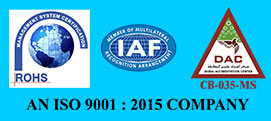
 मुझे निःशुल्क कॉल करें
मुझे निःशुल्क कॉल करें
